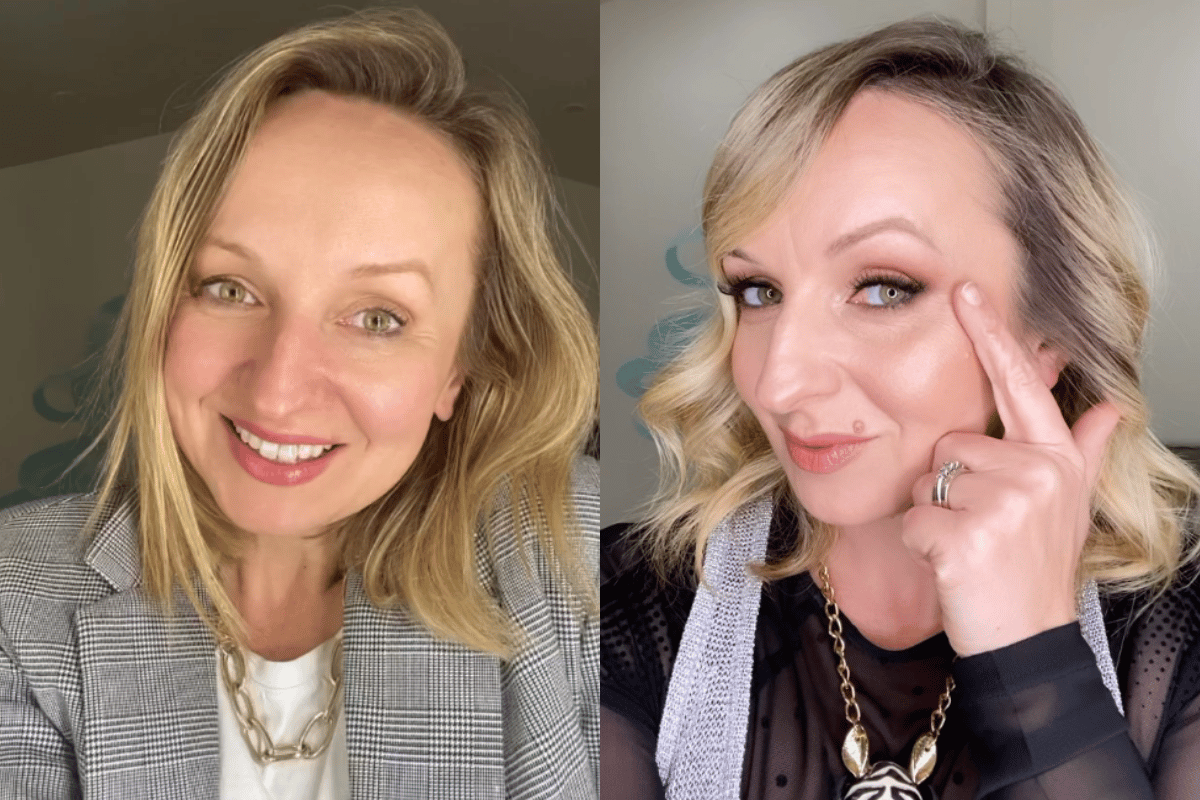
Every clever beauty girl knows that a good makeup routine starts with your base layer of products. But it can be mighty confusing to know what should you be using (so many products! So many brands!) — and most importantly, how to make it stay put all day long.
Well, on a recent episode of You Beauty, host Shazzy Hunt gave us ALL of the answers about how to achieve longer-lasting foundation.
She spoke to Aleksandra Pinneri, a South Australian-based hair and makeup artist, and founder of the Business to Beauty Academy online course.
Watch: Speaking of foundation... I tried the 10-pump foundation hack. Here's what happened. Post continues below.
According to Pinneri, base makeup is all about creating an even skin tone, and cancelling out any concerns (e.g. redness, dehydration). She described it as a 'security blanket' for our face.
So how do we keep our security blanket... on?
Here, Shazzy asked Pinneri all of her top tips for nabbing the best, longest lasting foundation — including what not to do.
1. Less is more.
There's truly nothing worse than going to all the effort, and using all of the products for your base makeup, only for it to end up going all smudgy and faded.




























































































